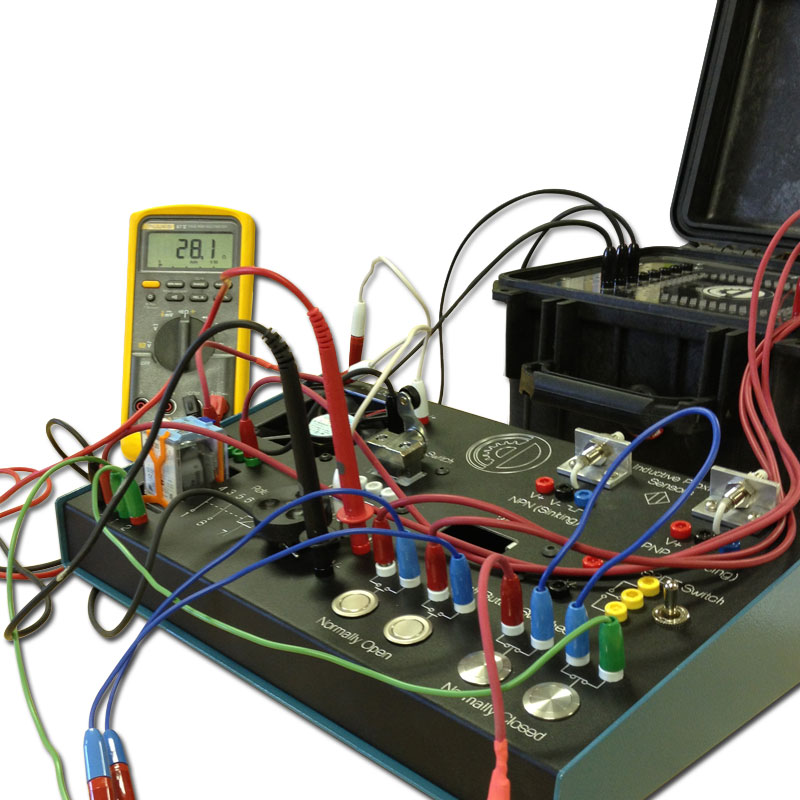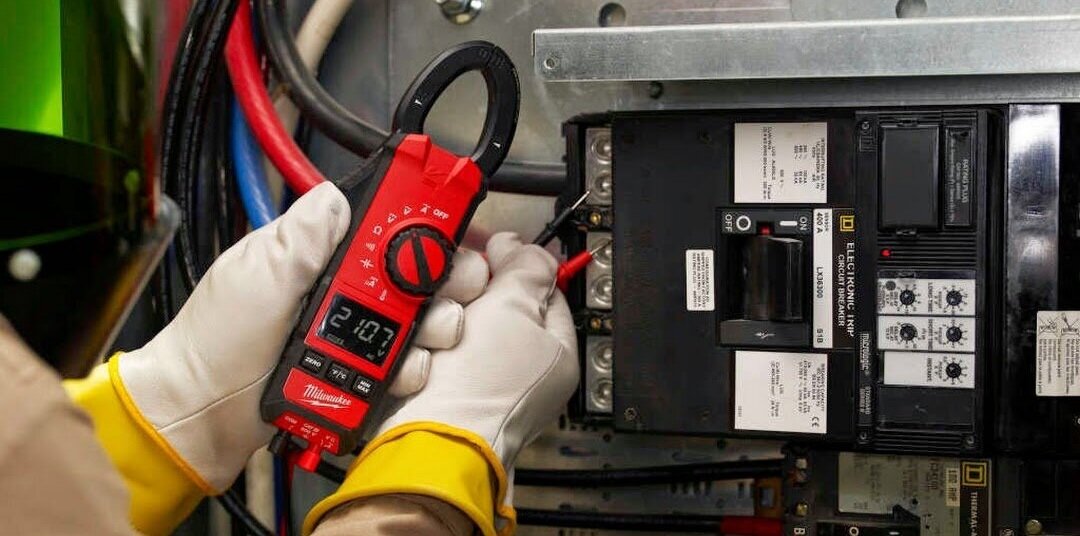Advanced technical support for electrical industry to drive success.
Wiki Article
Top Tips for Effective Electric System Troubleshooting
Fixing electric systems needs a systematic technique, based in a thorough understanding of electric concepts and safety and security methods. The subtleties of efficient fixing prolong beyond simple technical knowledge; comprehending exactly how to document findings and prioritize security can considerably influence results.Understand the Fundamentals
Recognizing the essentials of electric systems is vital for effective troubleshooting, as a solid foundation allows technicians to diagnose and resolve issues a lot more effectively. A detailed understanding of electrical concepts, such as voltage, present, resistance, and power, is important in recognizing the origin of issues. Voltage is the electrical potential difference that drives existing via a circuit, while resistance opposes the circulation of present, affecting the overall performance of the system.Knowledge with circuit components, including resistors, capacitors, diodes, and switches, is additionally vital. Each component plays an unique role in circuit habits and can affect performance when malfunctioning. Additionally, recognizing series and identical circuit configurations is essential, as these plans affect the distribution of voltage and existing within the system.
Furthermore, expertise of safety procedures is essential. Professionals need to know potential dangers, such as shock and short circuits, to execute risk-free troubleshooting techniques. By mastering these fundamental principles, specialists improve their capacity to conduct efficient diagnostics and repairs, eventually bring about improved performance and reliability of electrical systems. This fundamental knowledge is the foundation of effective repairing undertakings.
Gather Necessary Tools
Reliable troubleshooting of electric systems requires the right collection of tools to detect and resolve concerns accurately. Essential devices include a multimeter, which measures voltage, present, and resistance, enabling for precise analyses of electrical components.In addition, protected hand tools such as screwdrivers, pliers, and cord strippers are essential for safely adjusting electrical links. It is likewise advisable to have a circuit tester accessible to confirm the presence of voltage in electrical outlets and cables. For more complicated systems, a thermal imaging camera can aid spot overheating parts, indicating prospective failings.

Follow a Systematic Approach
Having collected the appropriate devices, the following action in repairing electric systems is to comply with a methodical method. A methodical technique ensures that specialists can identify mistakes successfully and precisely, decreasing downtime and protecting against unneeded repair services.Begin by examining the system's schematic representations and specifications. Understanding the layout and functional specifications will give context for detecting problems. Next, separate the issue area by making use of a procedure of elimination. This entails monitoring each element methodically, beginning with the power source and working in the direction of the tons.
Use testing tools, such as multimeters and oscilloscopes, to gather objective information about voltage, existing, and resistance at various factors within the system. This empirical evidence will certainly assist your troubleshooting efforts and aid to verify or remove prospective causes of failing.
Additionally, take into consideration ecological factors that might influence the system's efficiency, such as temperature variations or moisture access. An extensive inspection of electrical wiring, links, and elements will certainly ensure that all opportunities are accounted for.
Paper Your Searchings For
Extensive documentation is essential in the fixing procedure of electric systems. This method not only help in recognizing the origin reason of the trouble but also serves as a reference for future troubleshooting efforts.
Additionally, keeping a log of parts replaced or fixings done is indispensable. This information sustains stock management and can assist evaluate the long life and dependability of particular parts.
Eventually, the documentation procedure ought to be detailed yet succinct, enabling simple retrieval and evaluation - electrical system troubleshooting. By prioritizing in-depth documentation, technicians can produce a valuable understanding base that not only aids in existing troubleshooting but additionally empowers future upkeep efforts, consequently improving general system reliability

Prioritize Precaution
Identifying the fundamental threats related to electric systems is crucial for making sure safety and security during troubleshooting. Electric shock, burns, and equipment damages are simply a few of the possible risks that technicians deal with. Focusing on safety steps is not just a lawful obligation technical support for electrical industry however likewise an ethical important that safeguards both the professional and the surrounding environment.Before beginning any type of troubleshooting job, service technicians need to put on proper personal protective devices (PPE), consisting of protected handwear covers, shatterproof glass, and flame-resistant garments. Making certain that the work area is completely dry and complimentary of mess can dramatically minimize the threat of crashes. It is important to de-energize circuits before beginning any work, validating that they are not live via the usage of a multimeter or voltage tester.
Developing clear communication protocols with staff member is additionally crucial; this makes sure that everybody recognizes prospective risks and the status of the electric system being functioned on. Having an emergency situation reaction strategy in location can show invaluable in the occasion of an event. By prioritizing precaution, specialists can effectively minimize dangers and foster a more secure workplace.
Verdict
Efficient electric system repairing relies on a detailed understanding of basic principles and a methodical technique. Focusing on safety procedures makes certain the well-being of individuals included and the stability of the electric system.Report this wiki page